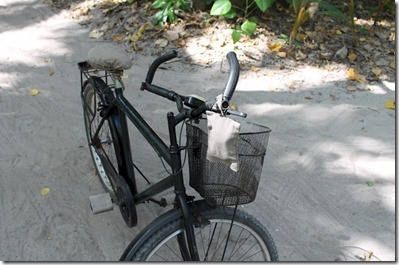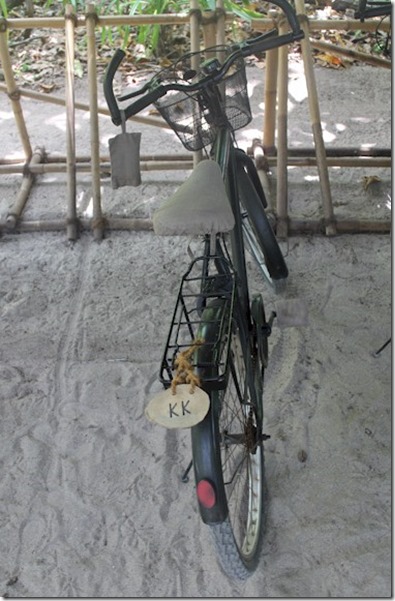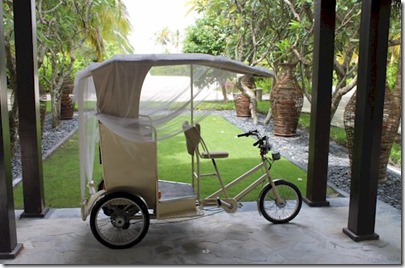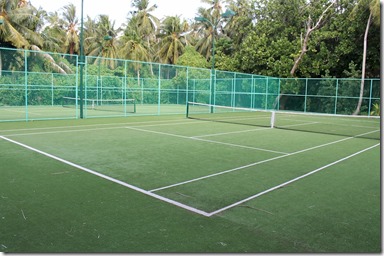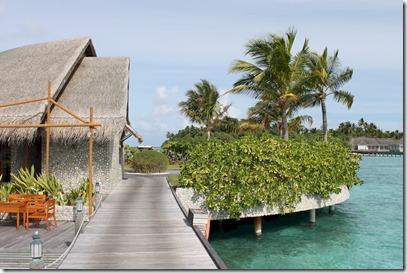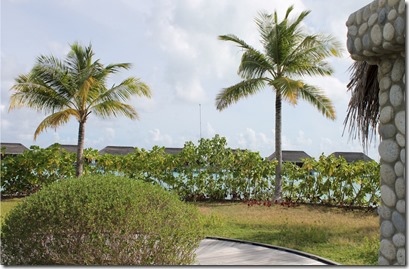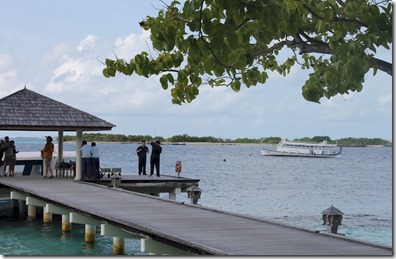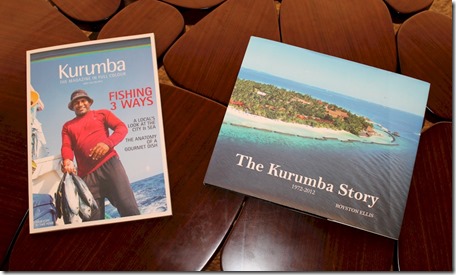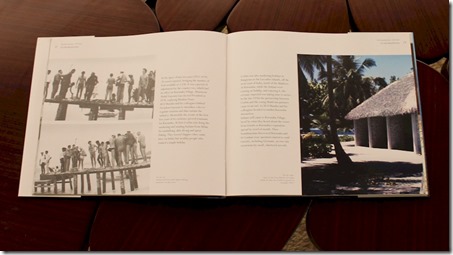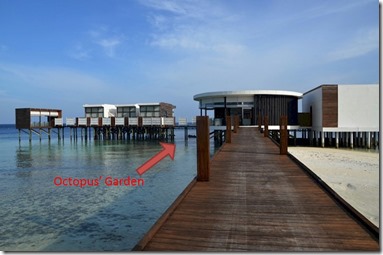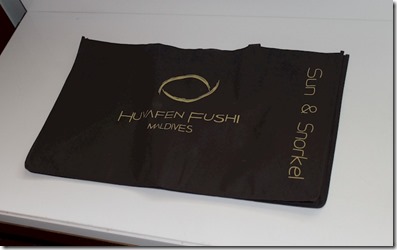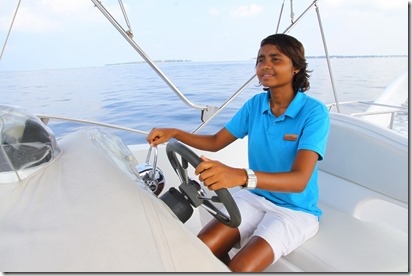
International Women’s Day today celebrates the inspirational achievements of women around the world. One such woman is Aishath Rizuna “Rizu”, the Maldive’s first female boat captain trained and appointed by Kurumba…
Rizu herself comes from a line of strong and active women. Her mother and grandmother are very practical and very sporty. Her mother fixes electrical issues and out swam all the boys while her grandmother still climbs trees…
“From her background, Rizu was born and raised in Funadhoo, Shariyani Atoll. Her father is a fisherman so Rizu has sweet memories about the time when her father taught her how to swim, snorkel and fish in a traditional Dhoni boat. At the very young age of four, Rizu’s father taught her how to drive a small boat, and by the time she was a teenager she was selling small boats in the lagoon of Funadhoo. Rizu’s father (Mohamed Nazim) curiously also worked in Kurumba at a young age thirty years ago and has been a great support to Rizu’s evolving career. We are delighted with the support of our twelve male Captains, who certainly gave her all the necessary help needed for her practical training as well as her theory course. Rizu is still developing her skills and knowledge of the Maldivian oceans, which will take some time. Whilst she will continue her role as Majaa Recreation Supervisor, these additional skills can be used in the future from time to time when guests are looking for a female crew.”
Maldives Complete had the opportunity for an exclusive interview with Rizu. Special thanks to good friend and fellow blogger Eileen Brown who helped with the questions. Eileen herself was the first female to be employed as a Deck Cadet in shell Tankers (UK) Ltd and is currently one of the leading promoters of women in the UK technology sector…
- What is the best aspect of your job? – It’s always been a dream to travel around, being a boat captain allows me to fulfil my dream and that’s the most enjoyable part in my job.
- What were your biggest challenges as you trained to become a boat captain? – The biggest challenge I had was that every single part in the boats were so new to me. I felt like I was back in school, where I had to learn everything from A to Z, but with the help of all the people around me I overcame all challenges and I am so thankful to everyone.
- Were there any physical obstacles that you needed to overcome? – I would say it’s more mental challenges that I had to overcome more than physical ones.
- Did your lack of physical strength hinder you much? – The thought “I am a woman and I can’t do that” never even crossed my mind and most importantly everyone around me never tried to put it in my head either.
- What were the attitudes of your classmates as you progressed through your training? – Very helpful and positive comments from the start, from the moment I told them that I am going to take the training as a boat captain. These comments pushed me forward and it’s always great to know how much people appreciate your hard work.
- Did you have anyone that championed and supported you? If so, was it a big advantage? – Honestly and to be fair I have to say everyone, but I am particularly thankful for the support of my Family, the Kurumba Management team including our Fleet Manager Mohamed Shameem and the whole Kurumba team for being with me.
- Did you encounter anyone that was very against you progressing in your career? – No! Only positive feedback.
- Now you are a captain, what are your plans to encourage other women to follow your path? – Well, it’s a choice. This opportunity came to my doorstep, why would I wait? My dream is waiting out there. There’s always one thing I would like to say now and I will always say it: “follow your dream until you reach it, never give up and take your chances”.
- What next for you in your career after your captain job? – It’s a bit too early to decide anything right now. I am enjoying driving the boats around and working towards my dream, which is visiting each and every island in the country.
Aye, aye, Kurumba!
#PaintItPurple



